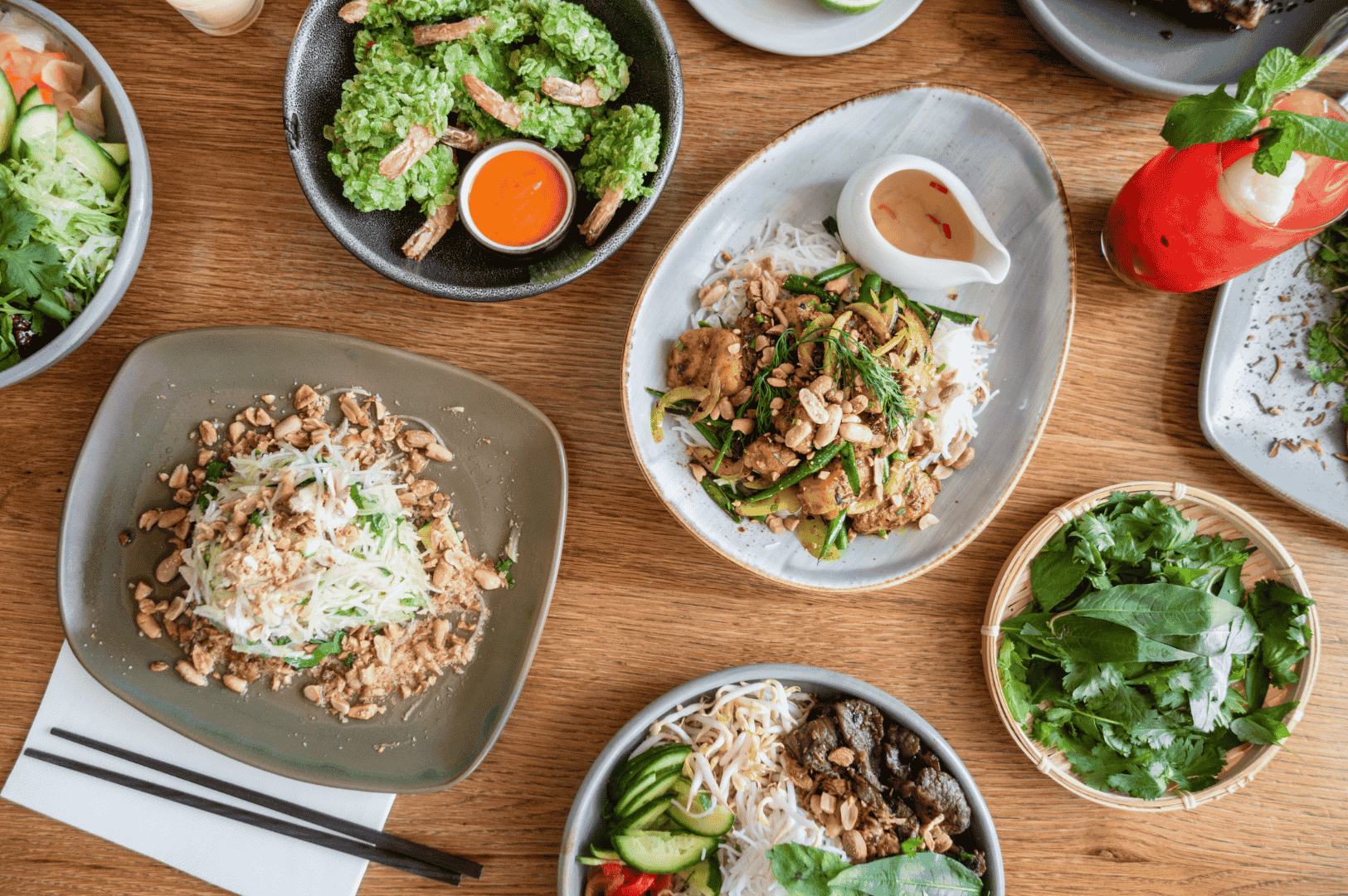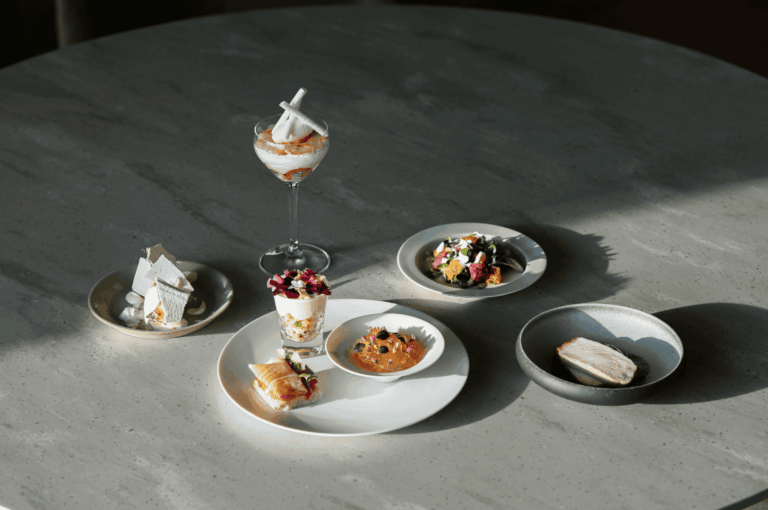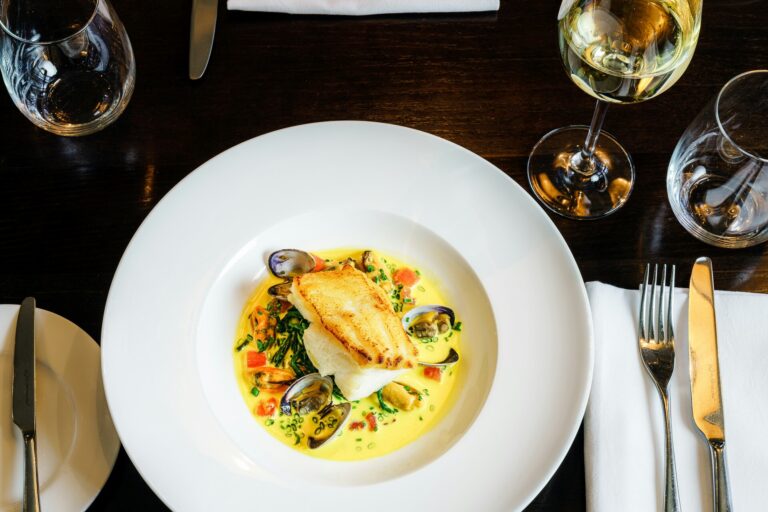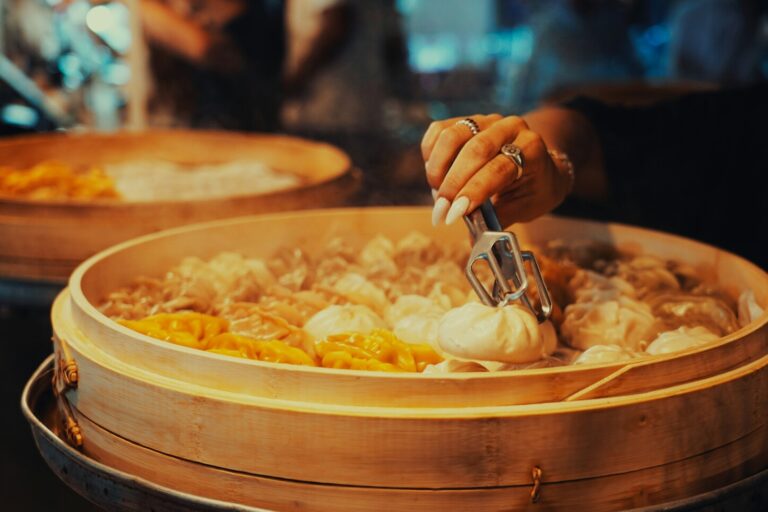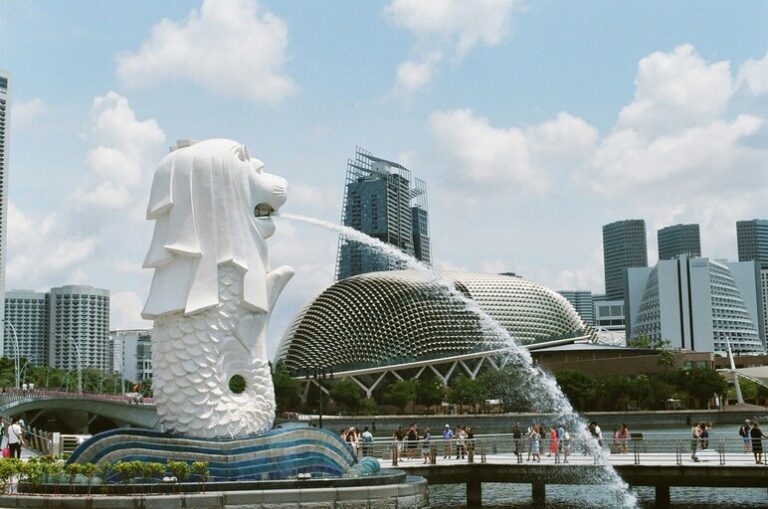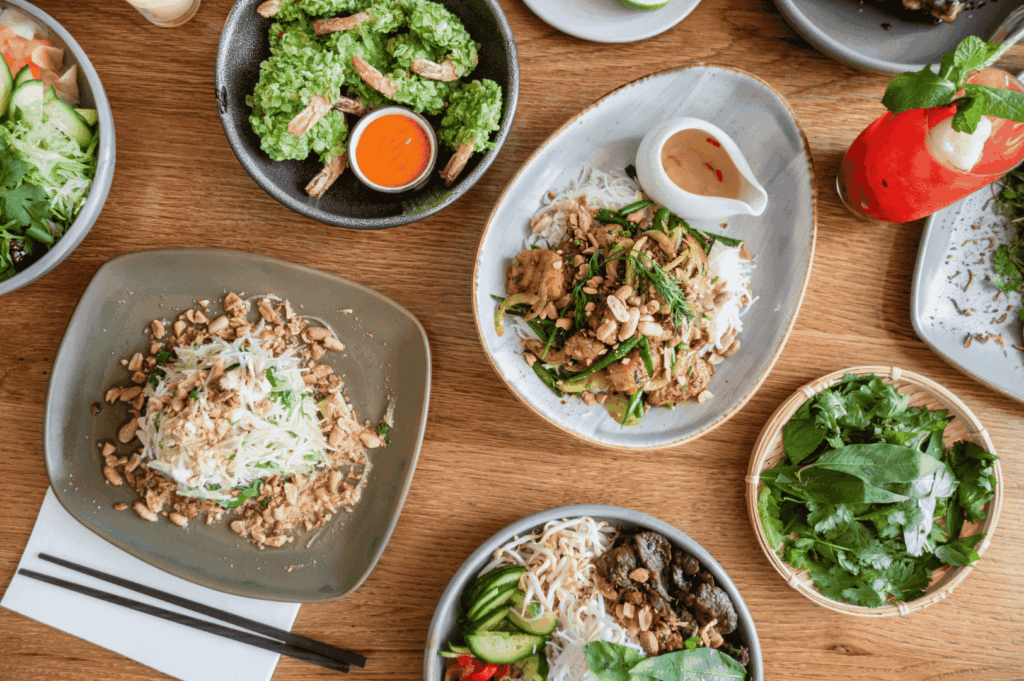
In Singapore, fusion isn’t just a fad—it’s the story of our taste buds and the island’s multicultural soul. Step into any restaurant or hawker centre, and you’ll uncover a menu where coconut milk, spices, and local herbs mingle with classic French butter, spicy chili sauce, and the unmistakable bite of Chinese noodles. Singapore fusion food is about combining culinary traditions from East and West, creating dishes stuffed with character, history, and a dash of creative perfection.
The island is home to a dizzying array of fusion restaurants, from fine-dining establishments with a Michelin star to friendly neighbourhood joints, all offering spicy noodle soup, sweet treats, and inventive plates. This article will explore Singapore’s rich history of fusion, from classic family recipes to modern trends by chefs like Ms Maria and Mr Singh. Prepare to satisfy your curiosity (and taste buds!) as you discover how Singapore blends cultures, flavors, and cuisines.
Singapore Fusion Food: Historical Roots on an Island of Flavour
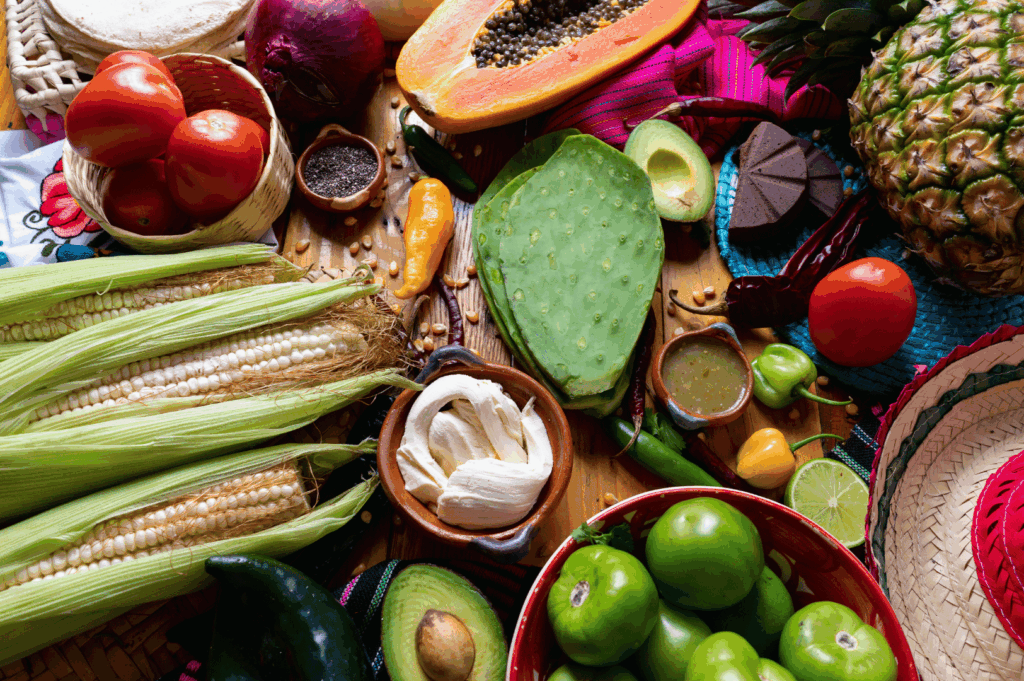
The journey of Singapore fusion food begins with the arrival of early Chinese migrants and the mingling of cultures from China, India, and across Asia. Colonial rule brought bread, butter, and new ingredients from the West, which local cooks quickly adapted, combining them with rice, spicy paste, and garden-fresh herbs to create a unique fusion of east and west.
The birth of Peranakan cuisine is Singapore’s original fusion: Nyonya cooks—descendants of Chinese immigrants and Malay families—created sweet and spicy dishes like laksa (a spicy noodle soup with coconut milk, prawns, and tofu puffs) and chili sauce–drenched chicken curry. From soup dishes laced with pandan leaves and fish balls to spicy minced meat tacos served with chili sauce, every plate tells a story of migration, adaptation, and local creativity. As more cultures arrived, the city’s food scene evolved—street food was elevated to fine dining, and fusion was not just an experiment but a core of Singapore’s culinary identity.
Spicy Noodle Soup & Creative East-West Flavours: Cultural Influences
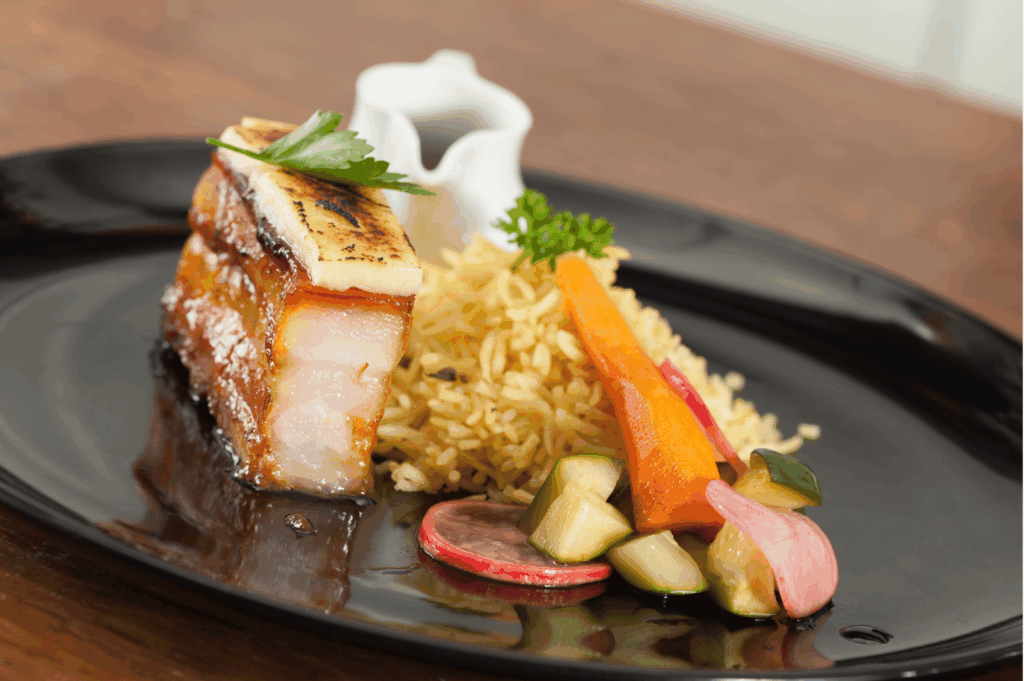
Singapore’s fusion food scene bubbles with influences from every corner of the globe. Chinese techniques like stir-frying and steaming pair with Indian spices, Malay herbs, and French cooking styles. Today, it’s not uncommon to find restaurants combining south Indian curries with crispy fried bread or inventive sushi stuffed with local chili sauce.
- Chinese Immigrants and Culinary Foundations: Early Chinese migrants brought rice, noodles, and tofu, which continue to shape popular dishes like laksa and spicy noodle soups, now served with slices of prawns, minced meat, fish balls, and fresh vegetables.
- Malay & Indian Spices: Malay chili paste and Indian spices infuse everything from spicy chicken curry to sweet corn fritters, transforming classic recipes into bright, flavor-packed bites. Don’t forget local favorites like stuffed bread or rich, spicy eggs wrapped in banana leaves.
- Japanese and French: Japanese minimalism meets French butter in fusion plates, with chefs preparing delicate dishes using the freshest ingredients, corn, and even creative fillings like spicy prawn tacos.
- Middle Eastern and Modern Fusion: Inspired by recent trends, local chefs are experimenting with Middle Eastern elements and plant-based innovation, all while respecting Singapore’s heritage of rich and spicy flavors.
Fusion Restaurants: Dishes and Delights that Define Singapore
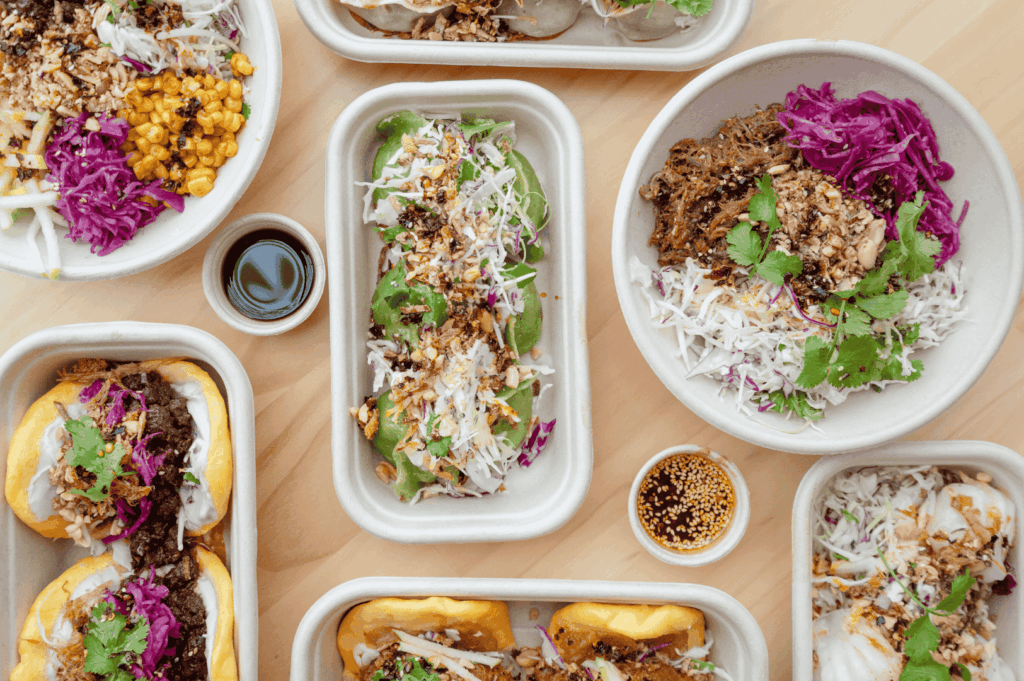
Signature fusion dishes are everywhere on the island, combining the familiar with the unexpected to thrill your taste buds and surprise even seasoned locals.
- Laksa: A spicy noodle soup beloved throughout Singapore, laksa’s coconut milk broth, crispy tofu puffs, and slices of hard-boiled egg create a rich, filling soup dish. Modern versions might include pasta, grilled prawns, or herbs from local farms, served with chilli sauce, lime, and fresh cucumber.
- Chili Crab: This spread-the-news dish is a must-try: sweet, spicy crab cooked in thick chili sauce, often served with soft bread for dipping.
- Chicken Rice Reimagined: Think sous-vide chicken, rice flavoured with pandan leaves and local herbs, served alongside creative sauces, pickled vegetables, and chilli sauce for a perfect east-west bite.
- Stuffed Tacos with Asian Filling: From prawn-stuffed tacos to bread pockets filled with curry and spices, Singapore’s fusion delights are recently making waves in fusion restaurants across the island.
- Pandan Chiffon Cake and Classic Sweets: Pandan leaves and coconut milk combine in soft cakes, custards, and ice cream—offering a taste of local tradition wrapped in modern style.
Ms. Maria and Mr. Singh: The Psychology and Science of Singapore Fusion Flavours
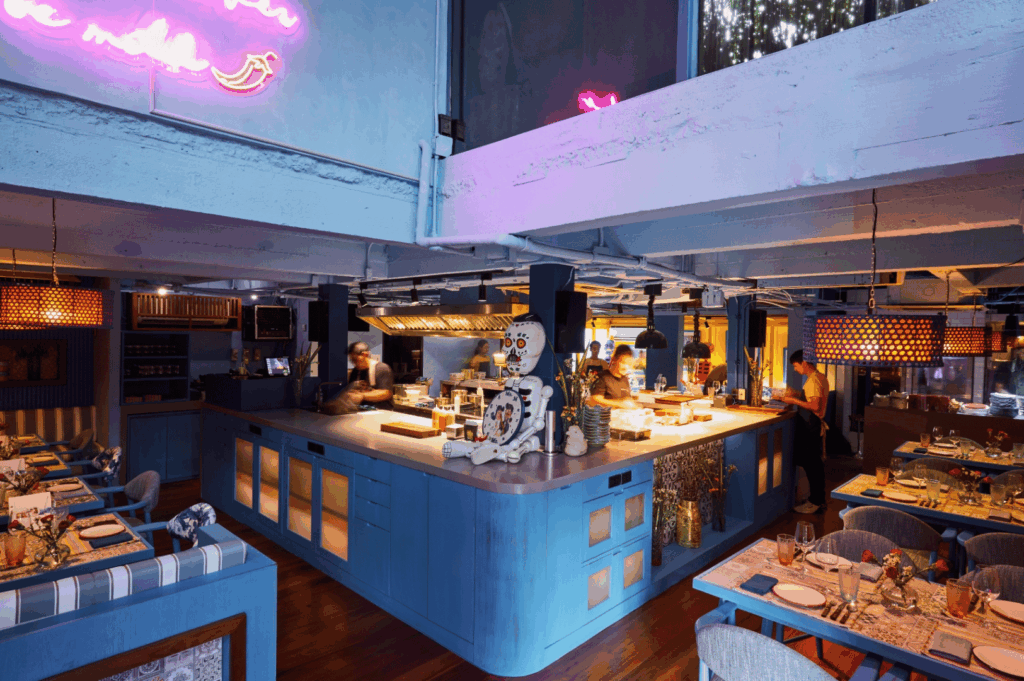
Why does Singapore fusion food hold international appeal? Chefs like Ms. Maria and Mr. Singh know that fusing spicy, sweet, and savoury flavors, along with creamy or crunchy textures, tantalizes both the senses and the imagination. A well-balanced fusion dish triggers taste buds by combining familiar elements in unfamiliar ways, such as integrating coconut milk in a spicy noodle soup, or pairing fish with chilli sauce and butter. The result? A sensory adventure that sparks joy with every plate.
Scientific studies show that humans love novelty, which is why encountering Indian spices in a French dish, or Chinese noodles paired with Malay herbs and stuffed into tacos, is so thrilling. Singapore’s best restaurants know how to balance flavors—sweet, spicy, salty, and sour—making every bite a celebration of diversity, cooked to absolute perfection.Fusion Restaurants: Michelin Stars and Pioneering Chefs
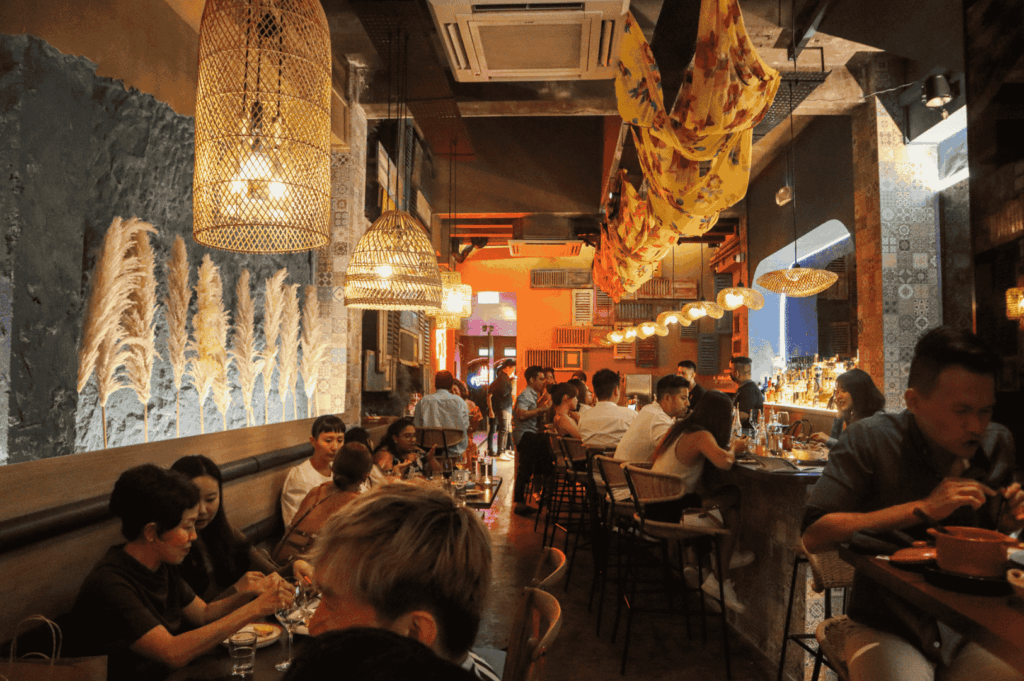
On an island where food is life, fusion restaurants like Ms Maria & Mr Singh and Michelin-starred spots shine. These restaurants transform spicy noodle soups and curry into plated masterpieces. Menus feature dishes like coconut milk-soaked seafood tacos, spicy minced meat pasta, or bread slices topped with prawn paste and lime—awaiting friends and family for a shared meal. Reservation tips: Top restaurants may have a minimum spend, while local gems welcome drop-ins for a casual, flavorful feast.
- Ms Maria & Mr Singh: A creative new restaurant blending Indian spices with Mexican flavors—think chicken tikka tacos, spicy curry noodles, and dishes stuffed with coconut rice. The menu is a dazzling spread of cuisines from Asia and the West, perfect for exploring new bites.
- Labyrinth & Candlenut: These Michelin-starred favourites reinvent laksa into fine-dining art, delighting guest’s taste buds with sweet-salty, spicy fusion plates prepared using modern techniques and rich local produce.
- Emerging Chefs: Recently, chefs across Singapore are creating dishes inspired by Chinese, Malay, and global cuisines, blending stew, soups, prawn pastes, and stuffed breads into edible art.
From Traditional Laksa to Sustainable Fusion: Serving the Future
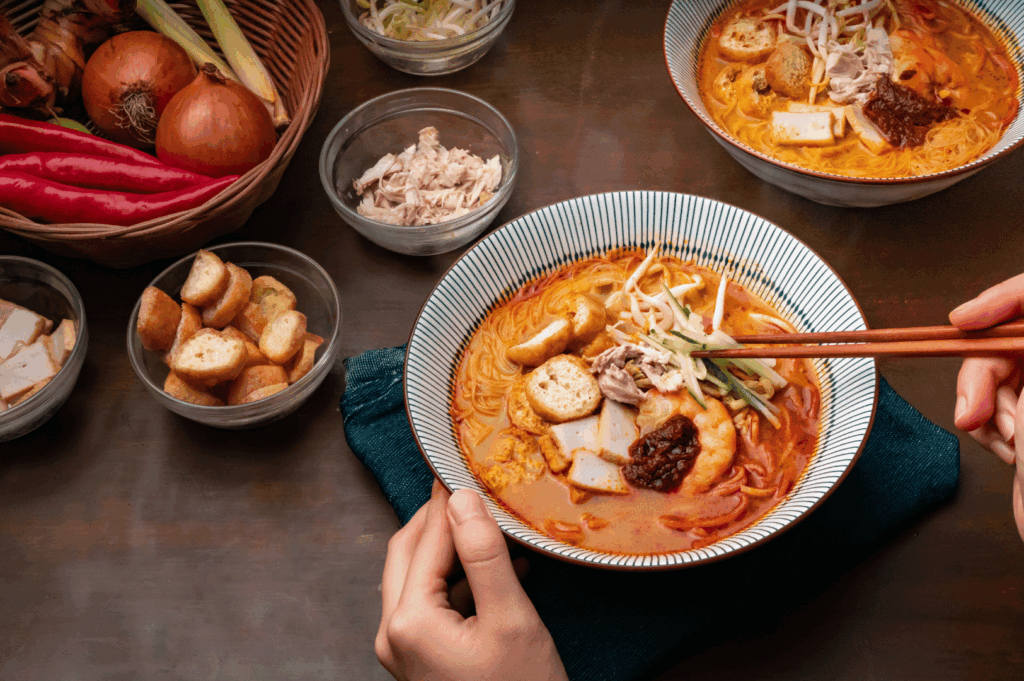
Plant-based presence is rising fast in Singapore’s fusion food scene. Chefs prepare vegan laksa using coconut milk, rice noodles, and spices, or stuffed breads with tofu, vegetables, and sweet chili sauce. Sustainability is key: fusion kitchens now source fresh herbs, spices, and vegetables from local farms, reducing food miles and spread of waste.
By combining traditional ingredients like pandan leaves with innovative techniques, Singapore’s chefs are preserving the flavors of family and heritage while creating new classics—ensuring future generations never forget the sweet and spicy history of the island’s fusion cuisines.
The Future of Singapore Fusion Food: Creative Directions
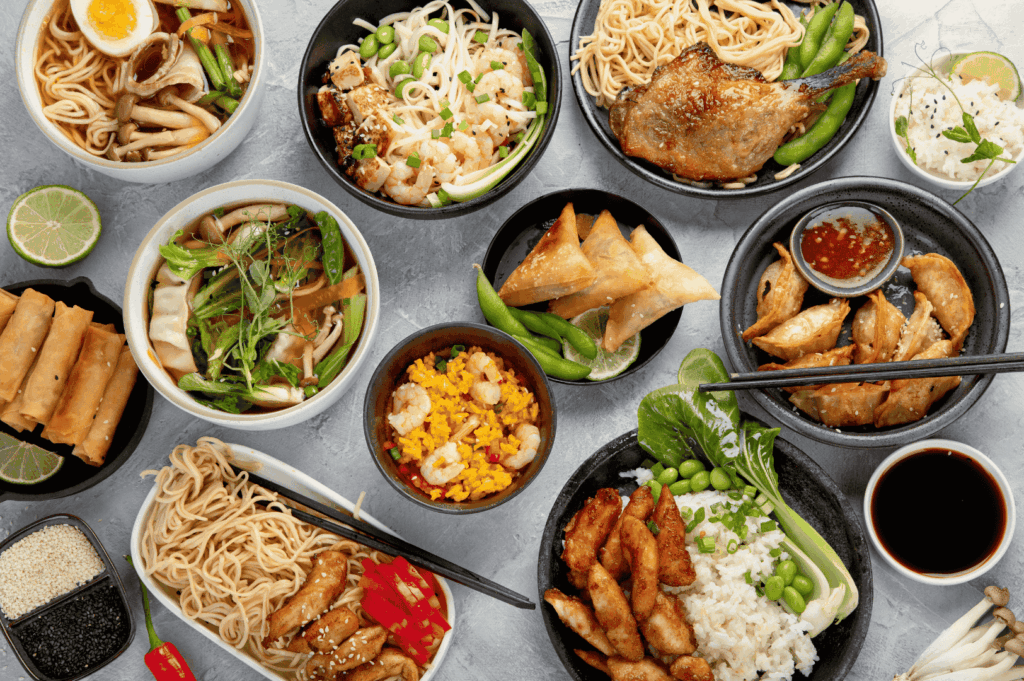
What’s next for Singapore fusion food? As technology opens up new cooking styles and chefs prepare for tomorrow’s tastes, expect a rise in robot-assisted kitchens, hyper-local ingredients, and inventive mashups—imagine laksa-infused bread or spicy coconut noodle soups with stuffed corn dumplings. Industry leaders predict Singapore will keep leading the East-West dialogue, combining classic and creative dishes, and inspiring culinary trends across Asia and beyond.
Planning Your Singapore Fusion Food Adventure

To get the most from Singapore’s unbeatable fusion scene:
- Book Ahead: Top fusion restaurants (especially Ms Maria & Mr Singh) fill up quickly—reserve early for your pick of the best plates.
- Sample Boldly: Don’t forget hawker classics like spicy noodle soup, sweet stuffed breads, and freshly fried cuttlefish or prawns at local markets.
- Consider Your Budget: High-end spots can command premium prices, while street food is always a wallet-friendly delight.
- Special Experiences: Seek out chef’s tables offering multi-course fusion menus—guaranteed to showcase the creativity and perfection Singapore is famous for.
Conclusion: East Meets West, Island-Style
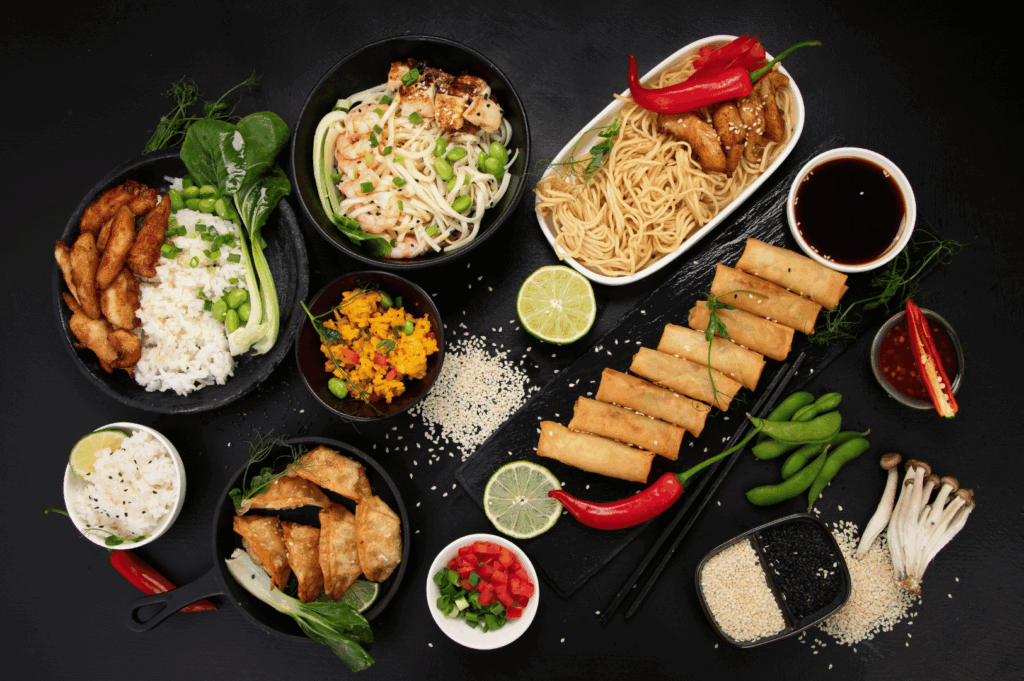
Singapore fusion food isn’t just dining; it’s the story of how cultures blend on an island bursting with spices, sweet coconut, and savoury bites. Whether you explore with friends, family, or solo, the fusion of flavours in Singapore’s culinary traditions is an experience that wraps up history, taste, and creativity in each bite. So don’t just read about it—explore, prepare, and savour all the classic and creative plates that make this city Asia’s capital of fusion perfection.
